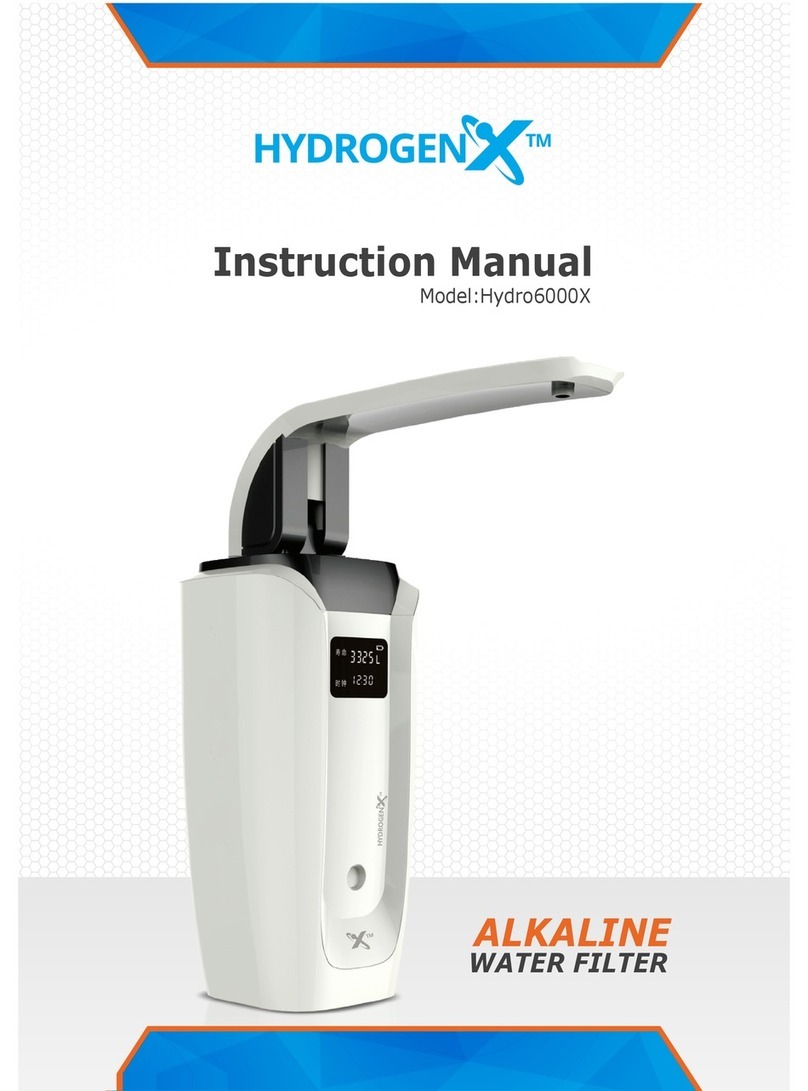
QB5: Operation Manual 8
The QB5 is an electrical appliance. All electrical appliances carry some risk of
damage, fire or personal injury if not used or maintained in accordance with
the instructions provided. It is therefore important that the following material is
read and understood before operating the QB5. If you have any concerns, do
not operate the QB5 until you have discussed your concerns with Hydrogen
Technologies or an authorised service agent.
This operator manual should always be stored within easy reach of the QB5 so
that it can readily be consulted when needed.
WARNING: When handling, installing, operating or maintaining the QB5,
observe local health and safety procedures and all relevant safety regulations.
WARNING: Do not operate the QB5 in any hazardous, flammable or
explosive environment.
WARNING: Hydrogen is a highly flammable gas. Keep the QB5 away from
excessive heat and naked flames and do not place it on or near any source of
artificially generated heat (such as a burner or oven).
WARNING: Operate the QB5 only in a well-ventilated area and ensure that
the ventilation ports—see item 15 on page 12—are kept clear and
unobstructed.
WARNING: Repairs should only be carried out by authorised personnel.
Contact Hydrogen Technologies should any issues arise.
WARNING: Before conducting any maintenance tasks—described in chapter
8—ensure that the QB5 is:
• depressurised (that is, the water tank cap is removed: see component 5
on page 12) and
• electrically isolated (that is, the main power switch—component 1 on
page 12—is in the OFF position and the power cord is removed from the
mains power supply).
2. Safety




























